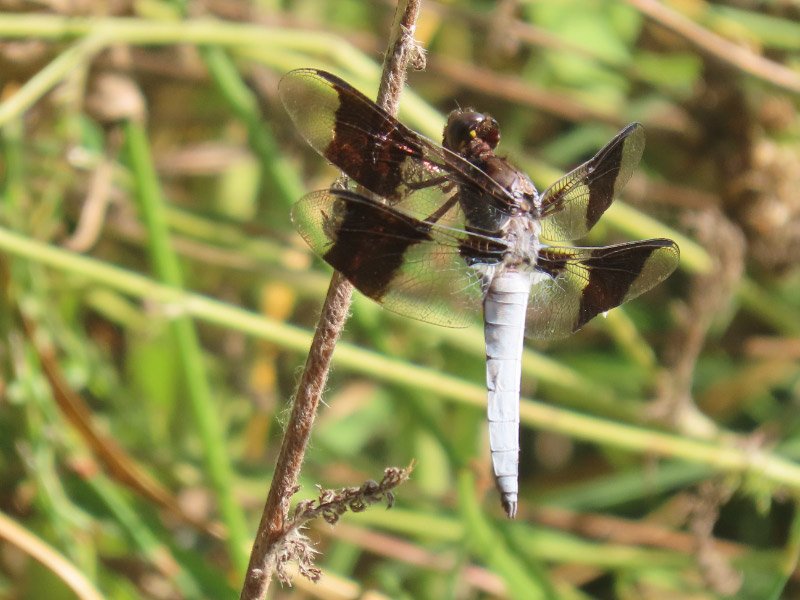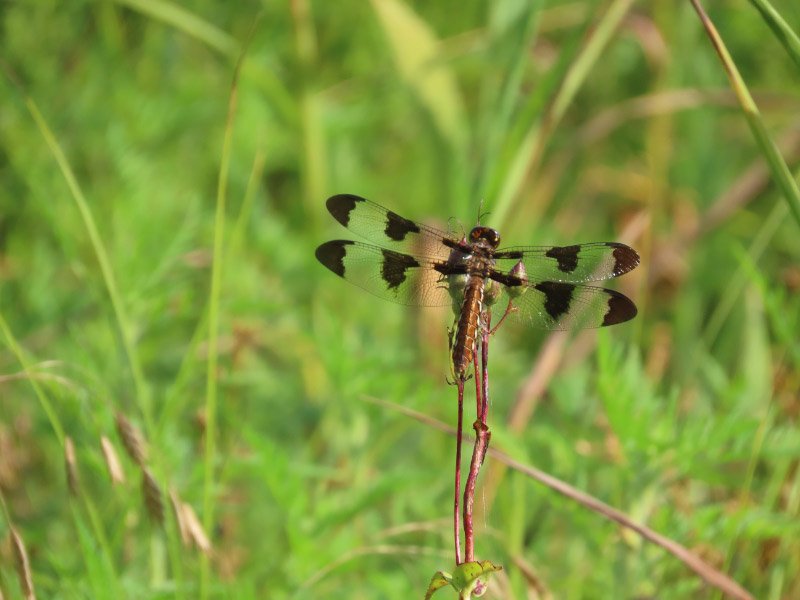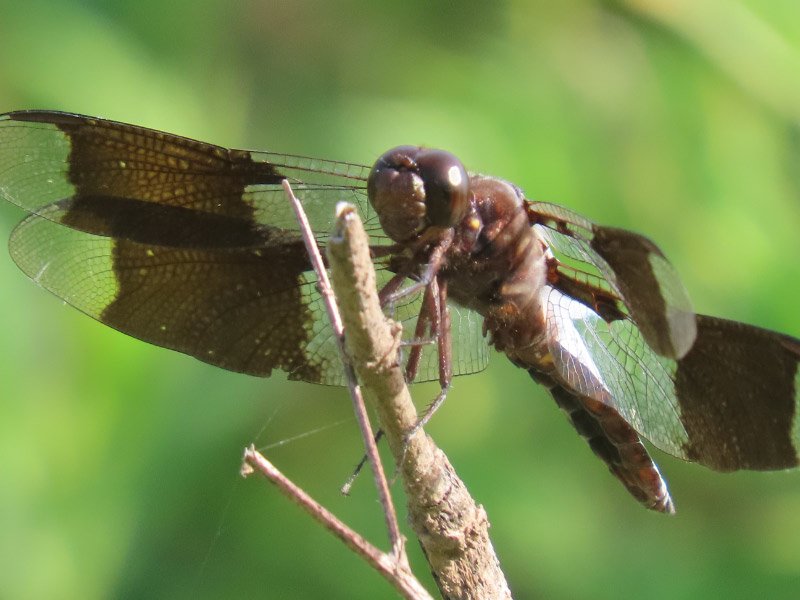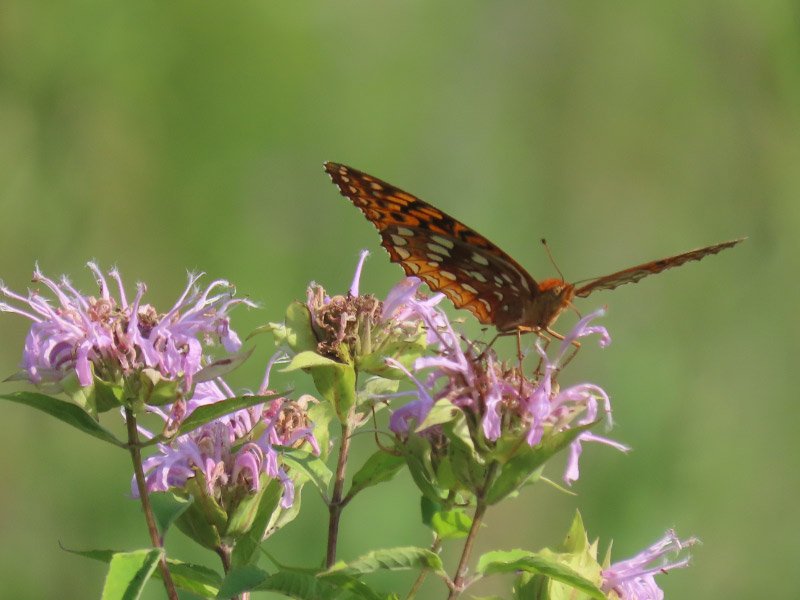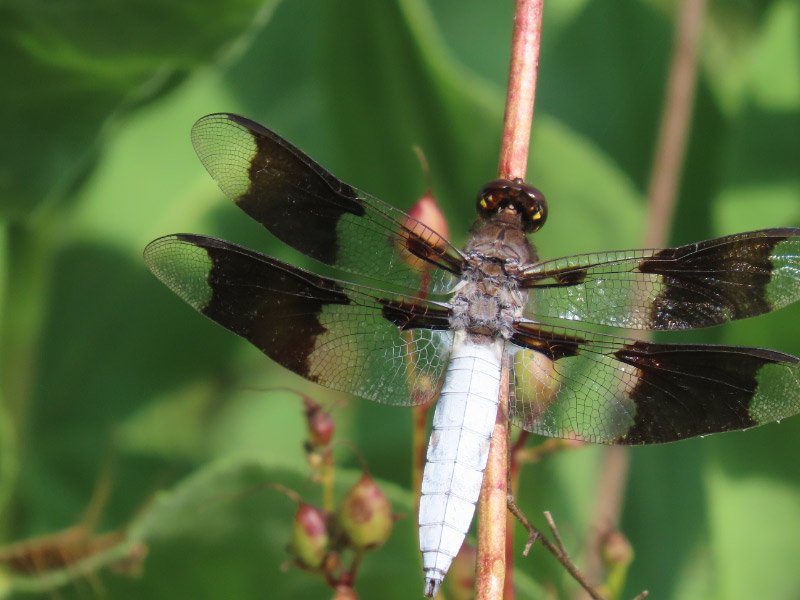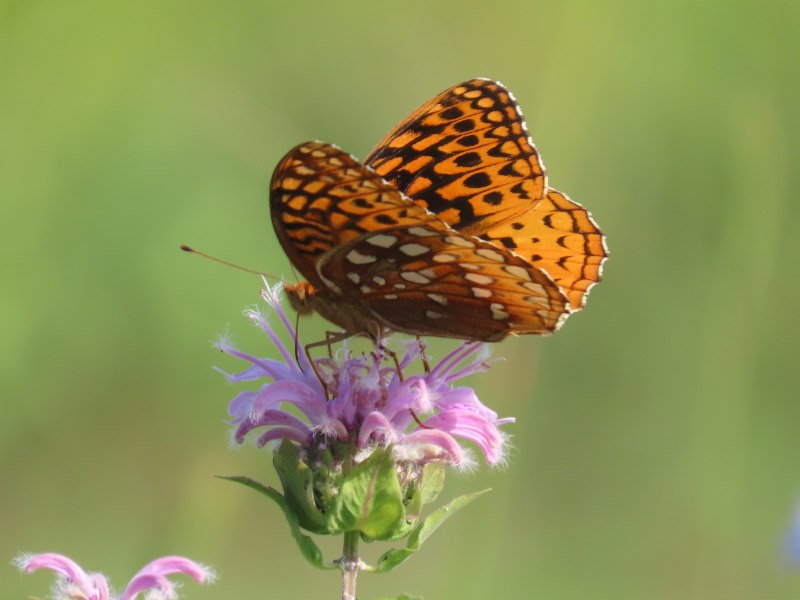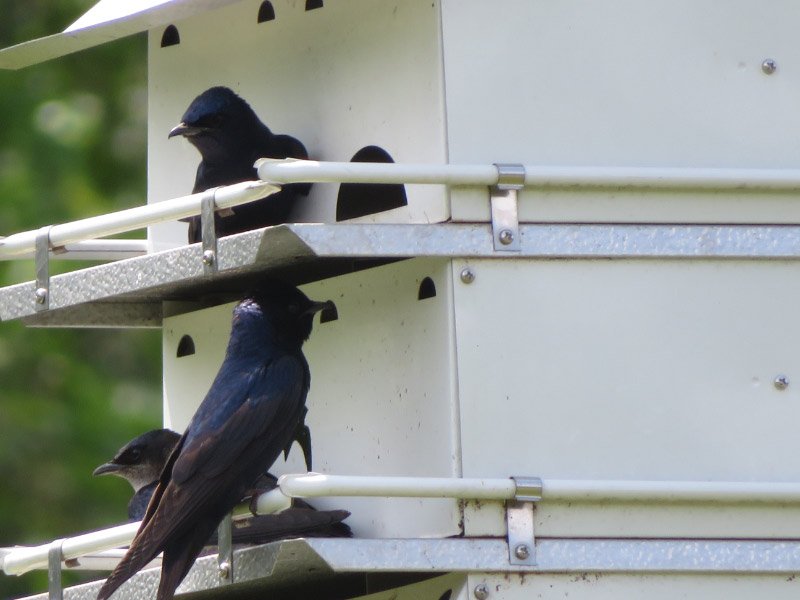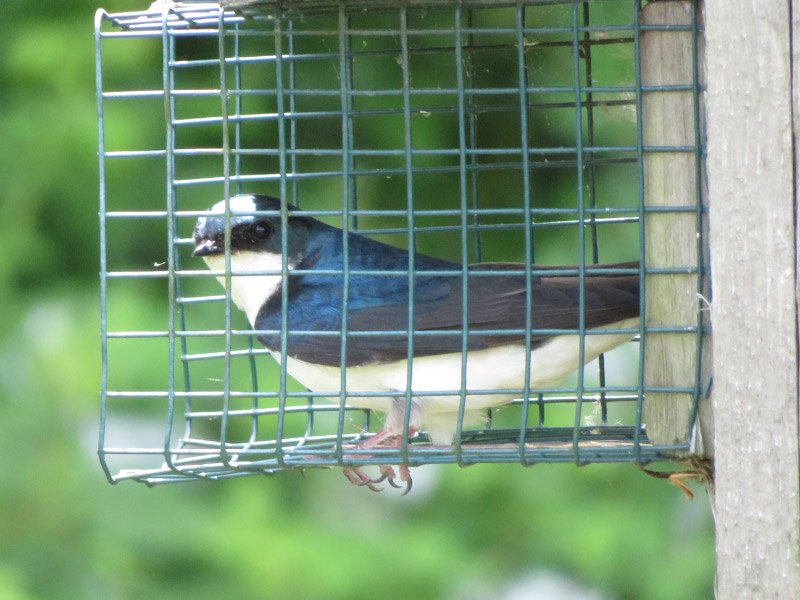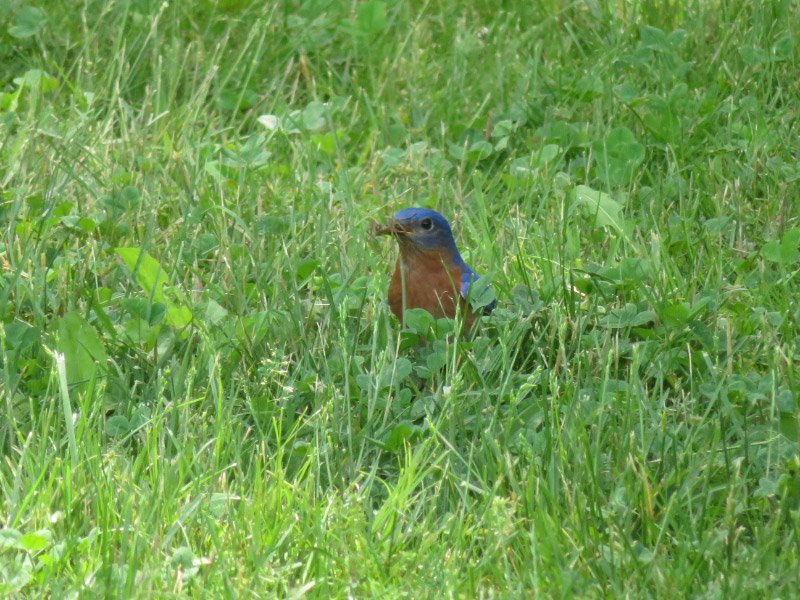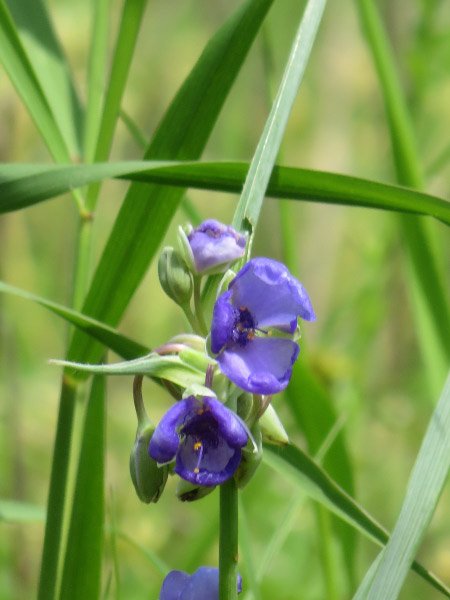The items below were ‘the cream’ of the articles and websites I found this past week. Click on the light green text to look at the article.
Self-controlled children tend to be healthier middle-aged adults -- ScienceDaily – Benefits include younger brains and bodies, better outlook in the years ahead. This finding is from a study done in New Zealand with 1,000 people tracked from age 3 to 45 (i.e. they were born in 1972 and 1973). Hopefully they will continue to be tracked as they get older….to determine if they remain healthier as they age. The finding makes sense to me based on my observations of my own life and people I have known over many years.
An Invasive Wild Edible Winter Rose – Natural History Society of Maryland – Multiflora rose…it’s a plant that takes over – climbing over everything around it…and it is prickly. One redeeming quality might be the RoseHips that can be used to make tea. Birds eat them too and that propagates the plant – so maybe more harvesting by humans would reduce this invasive!
College campuses are COVID-19 superspreaders, new study suggests -- ScienceDaily – My daughter and son-in-law are very aware that this could happen at the university where they teach and have research teams. They are offering blended classes so that students can be in person or virtual…and providing higher quality masks for their themselves and their research teams.
The 'megascale' structures that humans could one day build - BBC Future – Some history and observations…the realization that there are existing ‘megascale’ structures: terracing of parts of Southeast Asia, land reclamation from the sea by the Netherlands, the internet, the US Interstate Highway system.
SolarEV City concept: Building the next urban power and mobility systems: Unlocking the potentials of EV batteries with roof-top PVs for urban decarbonization -- ScienceDaily – Calculations done for 9 Japanese urban areas…CO2 emissions in these urban areas could be reduced by 53-95%!
The state of the climate in 2021 - BBC Future – Looking at CO2, record heat, Arctic ice, permafrost, and forests. We need to make progress toward drawdown rather than continuing actions that cause the upward ramp of planetary warming.
Are monarchs in trouble? | Science – In my area of Maryland…the decline has been dramatic.
A Tweak to Immune Cells Reverses Aging in Mice | The Scientist Magazine® - Interesting but so far has not be translated into humans. Evidently a drug to specifically block the EP2 receptor is not easily developed.
Tiny hard drives that are alive — and multiplying : Research Highlights – Experiments with data encoding in the E. coli genome. Evidently the data is protected from degradation in the presence of dirt and other contaminants…but what about changes that would occur over many replications?
Top 25 birds of the week: February 2021 – A grand finale to the gleanings….bird photographs!













